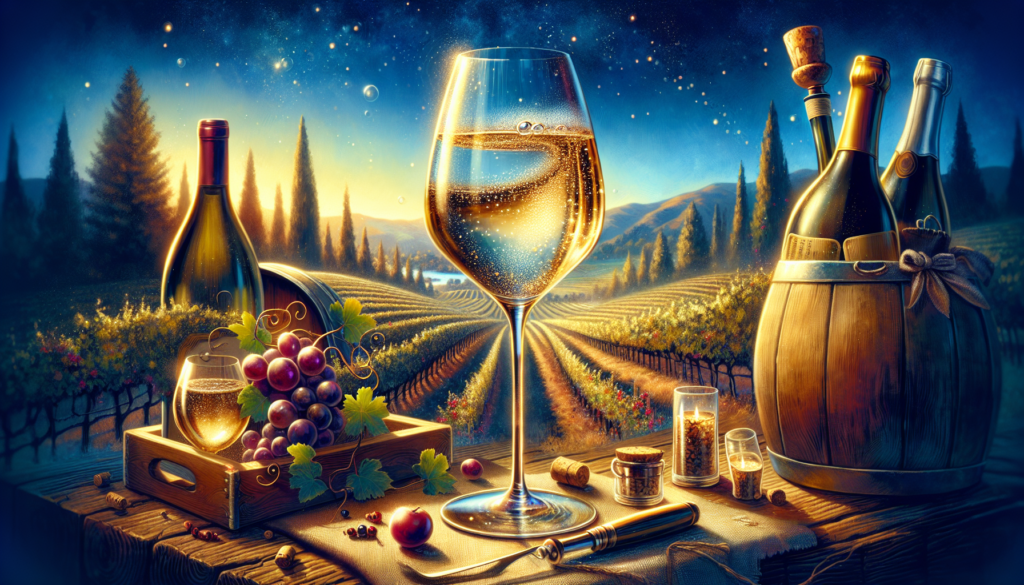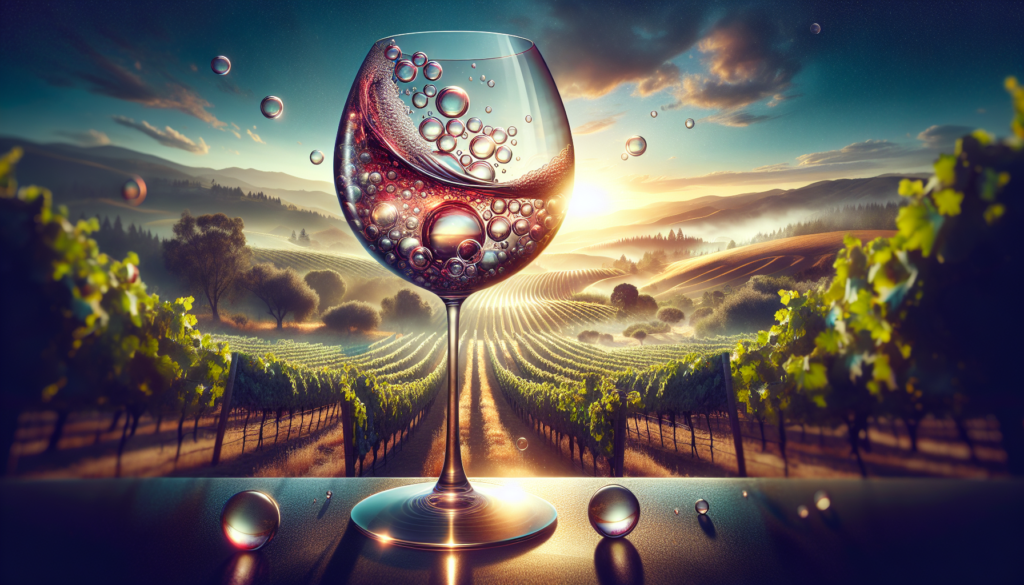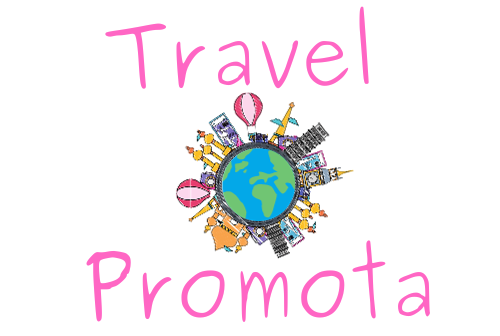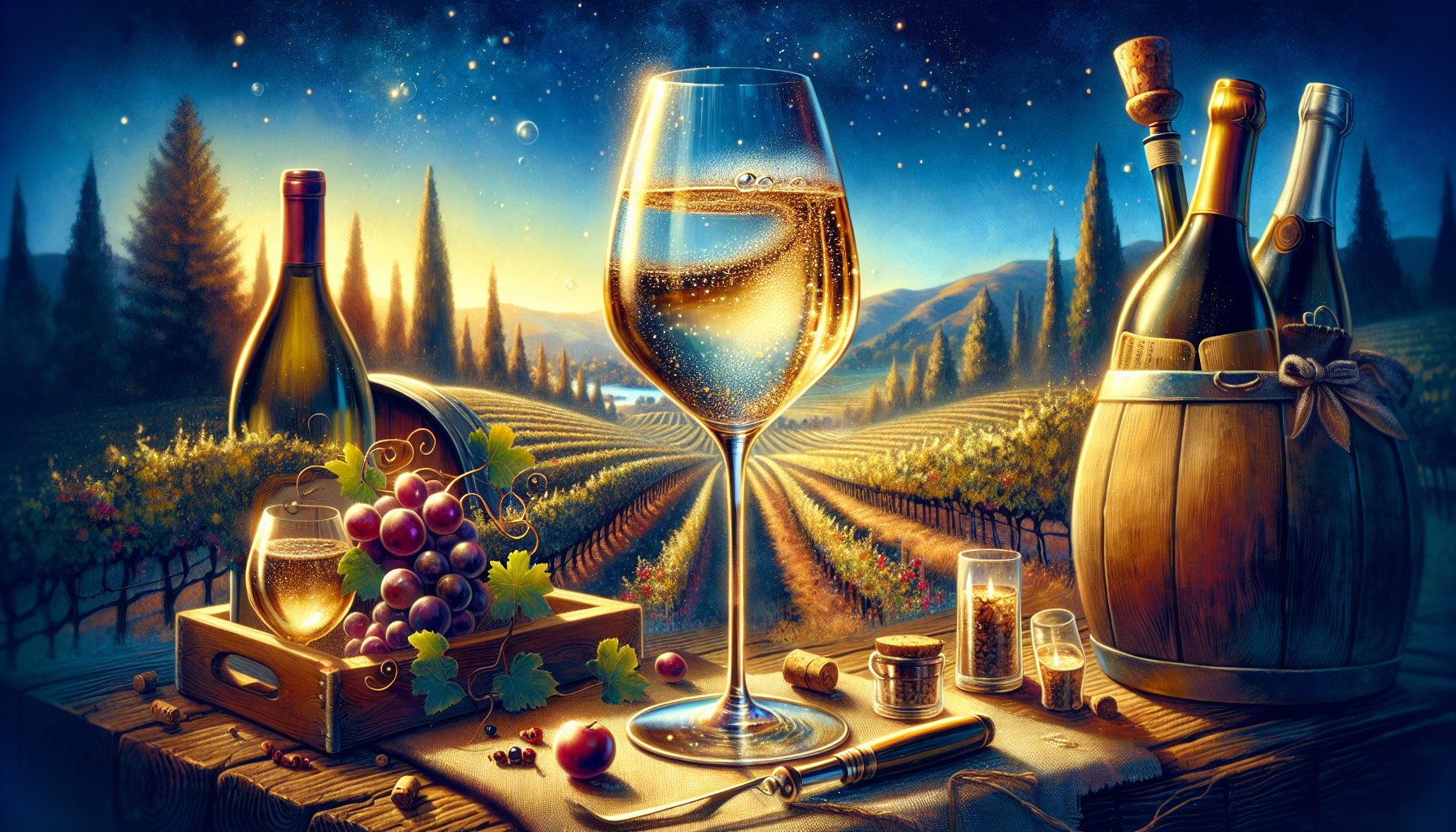Napa Valley is renowned for its picturesque vineyards and world-class wineries, making it the perfect destination for wine enthusiasts looking to indulge in an unforgettable tasting experience. In this guide, you will uncover the secrets of wine tasting in Napa Valley, from the art of swirling and sniffing to the intricacies of deciphering tasting notes.
Get ready to embark on a sensory journey through lush vineyards, surrounded by breathtaking landscapes, as you learn how to savor the flavors and aromas of some of the finest wines in the world. Whether you’re a novice or a seasoned wine connoisseur, Napa Valley offers an unparalleled tasting adventure that will leave you longing for more.

Choosing Wineries to Visit
Deciding on the Type of Winery
When choosing wineries to visit in Napa Valley, it’s important to first decide on the type of winery experience you are looking for. Napa Valley is home to a diverse range of wineries, each offering unique atmospheres and wine styles. Are you interested in visiting a large-scale winery that offers guided tours and extensive tasting menus? Or would you prefer a smaller, boutique winery that focuses on a more intimate and personalized experience? Consider your preferences and the type of experience you want to have before making your decision.
Researching and Planning
Before embarking on your wine tasting adventure, it’s crucial to do your research and plan your trip accordingly. Take the time to research the wineries you are considering visiting. Look for reviews, recommendations, and information about the wines they produce. Check their websites and social media pages to get a sense of their offerings and ambiance.
Additionally, consider using online resources and guidebooks specific to Napa Valley to gather information and recommendations. Creating a list of wineries you’re interested in and organizing it by location can help you plan your itinerary efficiently.
Considering Location and Accessibility
When planning your visit to wineries in Napa Valley, it’s essential to consider the location and accessibility. Napa Valley is divided into different regions, each with its own unique wine characteristics. Decide whether you want to visit wineries in a specific region or if you prefer to travel around and explore different areas.
Keep in mind that some wineries may require reservations or have limited hours of operation, so plan accordingly. Additionally, consider the transportation options available to you and choose wineries that are easily accessible.
Making Appointments
To ensure a seamless and enjoyable wine tasting experience, it’s advisable to make appointments at the wineries you plan to visit. Many wineries in Napa Valley require reservations, especially for guided tours and private tastings. By making appointments in advance, you can secure your spot and avoid disappointment upon arrival.
Keep in mind that some wineries may have specific policies or restrictions, so it’s essential to communicate any special requests or dietary restrictions when making your appointment. Be sure to confirm your appointment details before your visit to avoid any confusion.
Planning for Transportation
When planning your wine tasting trip in Napa Valley, it’s crucial to consider transportation options. While some wineries may be within walking or biking distance of each other, others may require driving or utilizing transportation services. It’s important to plan for a designated driver if you choose to drive yourself, as responsible wine tasting involves moderation.
Alternatively, you can hire a professional driver or join a guided wine tasting tour that provides transportation. By planning ahead, you can relax and fully enjoy your wine tasting experience without worrying about getting from one winery to another safely.
Understanding Wine Tasting Terminology
Knowing Basic Wine Tasting Vocabulary
Before diving into the world of wine tasting, it’s helpful to familiarize yourself with basic wine tasting vocabulary. This will allow you to understand and communicate your preferences during the tasting experience. Key terms to know include “aroma” (the scent of the wine), “tannin” (the texture and bitterness from grape skins), “acidity” (the tartness or crispness of the wine), and “body” (the weight and fullness of the wine).
Additionally, understanding terms such as “dry” (not sweet) and “oaky” (having flavors imparted by oak barrels) will enhance your ability to describe and appreciate different wines.
Understanding the 5 S’s of Wine Tasting
To properly evaluate and appreciate wine, it’s beneficial to follow the 5 S’s of wine tasting: See, Swirl, Smell, Sip, and Savor. First, observe the wine’s color and clarity by holding it up against a white background. Swirl the wine gently in your glass to release its aromas.
Take a moment to inhale the wine’s scent and identify any specific aromas. Then, take a small sip and let the wine coat your palate. Finally, savor the flavors and note any unique characteristics or lingering sensations. Following these steps will enhance your wine tasting experience and allow you to fully appreciate the intricacies of each wine.
Learning About Wine Flavors and Characteristics
In addition to basic wine tasting vocabulary, it’s helpful to learn about different wine flavors and characteristics. Wine can exhibit a wide range of flavors, such as fruity (e.g., citrus, berry), floral (e.g., rose, violet), earthy (e.g., mushroom, tobacco), and spicy (e.g., cinnamon, black pepper). Paying attention to these flavors during a tasting can help you identify your preferences and expand your palate.
It’s also worth familiarizing yourself with different wine grape varietals and their typical flavor profiles. For example, a Cabernet Sauvignon is often described as bold and full-bodied, while a Chardonnay is known for its buttery and creamy characteristics.
Preparing for Wine Tasting
Dressing Appropriately
When preparing for a wine tasting experience, it’s important to dress appropriately. Opt for comfortable and semi-formal attire that allows you to move freely and enjoy your wine tasting without any restrictions. Avoid wearing strong perfumes or colognes, as these can interfere with the aromas of the wines.
It’s also a good idea to wear darker-colored clothing to prevent any potential stains from spills or accidental splashes. Overall, aim for a polished and relaxed look that reflects the upscale yet casual atmosphere of wine tasting in Napa Valley.
Eating Before Wine Tasting
To fully enjoy the wine tasting experience and prevent any adverse effects, it’s recommended to eat a light meal or snack before your visit to the winery. Consuming food before tasting wine can help slow down alcohol absorption and mitigate the effects of alcohol on an empty stomach.
Choose small, non-greasy, and neutral-flavored foods that won’t overwhelm your taste buds or interfere with the flavors of the wines. By fueling your body with a balanced meal or snack, you’ll be better equipped to appreciate the nuances and complexities of the wines you’ll be tasting.
Hydrating Before Wine Tasting
Staying hydrated is crucial during wine tasting to ensure you enjoy the experience to the fullest and avoid any negative effects of alcohol. It’s essential to drink an ample amount of water before and throughout your wine tasting excursion.
Hydration helps cleanse your palate between tastings, preventing flavors from blending and allowing you to fully appreciate each wine’s unique qualities. Additionally, water will help keep you refreshed and hydrated, which is especially important when consuming alcohol. Remember to pace yourself and sip water alongside your wine to stay properly hydrated throughout the day.
Arriving at the Winery
Taking Note of the Surroundings
Upon arriving at a winery, take a moment to soak in the surroundings and appreciate the beauty of the vineyards. Napa Valley is known for its picturesque landscapes, and wineries often offer stunning views of rolling hills and grapevines.
Pay attention to the architecture and ambiance of the winery as well, as each establishment has its own unique style and atmosphere. By immersing yourself in the surroundings, you’ll enhance your overall wine tasting experience and create lasting memories.
Checking-In and Appointments
When you arrive at the winery, it’s important to check-in and confirm your appointment if you have made one. Approach the designated check-in area and provide the necessary information to the staff. This may include your name, the number of people in your group, and the time of your appointment.
The staff will guide you through the check-in process and provide any additional information or instructions. If you haven’t made an appointment, inquire about the winery’s tasting options and availability. Remember to be courteous and friendly throughout the check-in process, as the staff is there to ensure you have an exceptional wine tasting experience.
Reviewing Tasting Options
After checking in, take the time to review the winery’s tasting options. Many wineries offer different tasting flights or packages, allowing you to sample a variety of wines they produce. Pay attention to any specific instructions or recommendations regarding the tasting order, as this can enhance your tasting experience.
Inquire about any specialties or limited edition wines that may be available for tasting. By fully exploring the tasting options, you can customize your experience and discover new wines that suit your preferences.
Exploring Winery Facilities
While at the winery, take the opportunity to explore its facilities and learn more about its winemaking process. Some wineries offer guided tours that take you through their vineyards, production areas, and cellars. These tours provide valuable insights into the winemaking process and the specific techniques employed by the winery.
If a guided tour is not available, consider asking the staff if they offer any self-guided tours or informational materials. Exploring the winery facilities will deepen your understanding of the wines you are tasting and the craftsmanship behind them.
Engaging with Staff and Sommeliers
Throughout your wine tasting experience, don’t hesitate to engage with the staff and sommeliers at the winery. They are knowledgeable about the wines and can provide valuable insights and recommendations. Ask questions about the winery’s history, winemaking techniques, and the characteristics of the wines you are tasting.
Share your preferences and be open to their suggestions for wines you may enjoy based on your taste profile. By engaging with the staff and sommeliers, you’ll gain a deeper appreciation for the wines and create a more personalized and fulfilling wine tasting experience.

The Wine Tasting Experience
Tasting Order and Flight
During the wine tasting experience, it’s essential to follow the suggested tasting order and flight. The order in which wines are tasted can greatly impact your perception of them. Start with lighter-bodied and more delicate wines, gradually progressing to fuller-bodied and more robust wines.
This allows your palate to acclimate and appreciate the subtle nuances of each wine. Additionally, tasting flights are carefully curated to create a cohesive and enjoyable tasting experience, so it’s advisable to stick to the suggested flight. Following the designated tasting order will enhance your ability to discern the flavors and characteristics of the wines.
Examining the Wine’s Appearance
Before diving into the tasting, take a moment to examine the wine’s appearance. Hold the glass up against a white background and observe the color and clarity of the wine. Note whether it is pale, golden, ruby, or deep purple in color.
Swirl the wine gently in the glass to observe the legs or tears that form on the sides of the glass. These visual cues can provide insights into the wine’s age, varietal, and alcohol content. By examining the wine’s appearance, you’ll develop a greater appreciation for its individuality and set the stage for a comprehensive tasting experience.
Aroma Evaluation
Once you have observed the wine’s appearance, proceed to evaluate its aroma. Gently swirl the glass to release the wine’s aromas and take a moment to inhale deeply. Note any distinct scents you detect, such as fruits, flowers, spices, or oak influences. Visualize these aromas and try to identify the specific scents you are experiencing.
Aroma evaluation is a crucial step in wine tasting as it prepares your palate for the flavors to come and allows you to anticipate the wine’s characteristics. Take your time and savor the aroma of each wine before moving on to the next step.
Tasting and Analyzing the Wine
Now comes the moment to taste the wine and analyze its flavors and characteristics. Take a small sip and let the wine coat your palate. Pay attention to the different flavor components, such as fruitiness, acidity, tannins, and complexity. Note the balance between these elements and whether any specific flavors stand out.
Consider the wine’s body, mouthfeel, and overall structure. Is it light-bodied and crisp or full-bodied and velvety? Analyzing the wine’s taste and structure will deepen your understanding and appreciation of its unique qualities.
Noting Personal Preferences
As you progress through the wine tasting, be sure to note your personal preferences and the wines that stand out to you. Keep a mental or written record of the wines you enjoy and the characteristics that appeal to you. This will help you remember your favorites and guide future wine purchases.
Remember that everyone’s taste preferences are subjective, and what you enjoy may differ from others. Embrace your own palate and trust your instincts when assessing wines. By noting your personal preferences, you’ll develop a greater knowledge of your taste preferences and be able to navigate the world of wine with confidence.
Spitting or Swallowing
The Art of Spitting
Spitting during wine tasting may seem counterintuitive, but it is a common practice among wine enthusiasts and professionals. Spitting allows you to taste multiple wines without consuming excessive amounts of alcohol or inhibiting your judgment. To master the art of spitting, take a small sip of wine, allowing it to coat your palate and evaluate its flavors.
Then, discreetly lean over a spittoon or designated area and release the wine into the receptacle by gently pursing your lips. Practice makes perfect, so feel free to hone your spitting technique to ensure a graceful and effective wine tasting experience.
Determining When to Spit or Swallow
The decision of whether to spit or swallow ultimately comes down to personal preference and the circumstances of your wine tasting experience. If you are participating in an extensive tasting or visiting multiple wineries in a day, spitting can help maintain your sobriety and ability to fully appreciate each wine.
However, if you are attending a more casual tasting or have a limited number of wines to taste, you may choose to swallow the wine to fully savor its flavors. It’s important to listen to your body and make responsible decisions when it comes to alcohol consumption. Moderation is key, and there is no right or wrong way to approach spitting or swallowing during wine tasting.
Wine Purchase and Shipping
Exploring Wine Purchase Options
After experiencing a delightful wine tasting, it’s common to want to bring your favorite wines home. Many wineries offer the option to purchase the wines you tasted directly from their tasting rooms. Take the time to explore the winery’s selection of wines, including limited editions or exclusive releases.
Consider the wines that made a lasting impression on your palate and align with your preferences. Don’t hesitate to ask the staff or sommeliers for recommendations based on your taste preferences. By purchasing wines directly from the winery, you’ll have the opportunity to enjoy them at home and relive the memories of your wine tasting experience.
Considering Shipping Options and Restrictions
If you decide to purchase wines during your visit to a winery in Napa Valley, it’s important to consider shipping options and any restrictions that may apply. Some wineries offer on-site shipping services, allowing you to conveniently send your wine purchases home.
Others may have partnerships with shipping companies or provide recommendations for reliable and secure shipping services. Additionally, be aware of any restrictions regarding shipping to certain states or countries. It’s advisable to inquire about shipping costs, delivery times, and any necessary paperwork or legal requirements to ensure a smooth and hassle-free wine shipment.
Exploring Wine Tasting Tours and Packages
Benefits of Wine Tasting Tours
If you’re looking to enhance your wine tasting experience and explore multiple wineries in a seamless manner, consider participating in a wine tasting tour. Wine tasting tours offer numerous benefits, such as transportation between wineries, expert guidance, and the opportunity to visit a curated selection of wineries in a specific area.
With a tour, you can sit back, relax, and fully enjoy the wine tasting experience without worrying about logistics or driving. Additionally, tour guides often share insights into the region’s winemaking history, vineyard practices, and local culture, enriching your overall experience.
Choosing the Right Wine Tour Company
When selecting a wine tour company, it’s important to choose one that aligns with your preferences and provides a high-quality experience. Research different tour companies and read reviews or testimonials from past participants. Consider factors such as the size of the tour group, the wineries included in the itinerary, and the expertise of the tour guides.
Look for companies that prioritize small-group experiences and offer personalized attention. Additionally, consider the tour duration, cost, and any additional amenities or experiences provided. By choosing the right wine tour company, you can ensure a memorable and well-organized wine tasting experience.
Exploring Wine Tasting Packages
In addition to wine tasting tours, many wineries in Napa Valley offer wine tasting packages that cater to specific interests or preferences. These packages often include tastings of select wines, food pairings, and exclusive experiences such as barrel tastings or vineyard walks.
Some wineries even offer educational sessions or workshops that delve into the finer aspects of wine tasting and winemaking. Explore the various packages available at the wineries you plan to visit and consider selecting one that aligns with your desired level of immersion and exploration. By opting for a wine tasting package, you can enhance your experience and indulge in unique and tailored offerings.
Alternative Wine Experiences in Napa Valley
Wine and Food Pairing Experiences
Wine and food pairing experiences offer a delightful way to explore the culinary side of wine tasting. Many wineries in Napa Valley offer specialized tastings that incorporate carefully selected food pairings. These pairings are designed to complement and enhance the flavors of the wines, creating a harmonious and memorable sensory experience. From cheese and charcuterie boards to gourmet multi-course meals, wine and food pairing experiences allow you to savor the interplay between flavors and textures, elevating your overall wine tasting adventure.
Winery Events and Festivals
Napa Valley is famous for its lively and vibrant winery events and festivals. These events provide an opportunity to immerse yourself in the local wine culture and discover new wineries and wines. From wine release parties and vineyard tours to themed festivals celebrating specific wine varietals or wine regions, there is always something happening in Napa Valley. Research upcoming events and festivals that coincide with your visit and consider attending to broaden your wine tasting experience and connect with fellow wine enthusiasts.
Winery Tours and Vineyard Walks
For a deeper understanding of the winemaking process and the Napa Valley terroir, consider participating in winery tours and vineyard walks. Many wineries offer guided tours that take you behind the scenes, showcasing the vineyard, production areas, and barrel rooms.
These tours provide valuable insights into the winemaking techniques and philosophies employed by the winery. A vineyard walk allows you to stroll through the vines, learn about grape cultivation, and experience firsthand the connection between the land and the wine. By engaging in winery tours and vineyard walks, you’ll gain a deeper appreciation for the artistry and craftsmanship that goes into every bottle of wine.
Wine Education Programs
If you have a passion for wine and a desire to expand your knowledge, consider enrolling in wine education programs offered in Napa Valley. These programs range from introductory courses for beginners to comprehensive wine education programs for enthusiasts and professionals.
Through these educational offerings, you’ll have the opportunity to learn about wine regions, grape varietals, wine production techniques, and sensory evaluation. Wine education programs often include tastings and interactive sessions, allowing you to apply the knowledge you gain. By immersing yourself in a wine education program, you’ll develop a deeper understanding of wine and enhance your overall wine tasting experience.
Responsible Wine Tasting
Drinking Responsibly
While indulging in wine tasting can be a delightful experience, it’s important to consume alcohol responsibly. Wine tasting is about appreciating the flavors and characteristics of the wine, not getting intoxicated. Pace yourself and monitor your alcohol consumption to ensure you can fully enjoy each tasting without impairing your judgment.
If you feel that you’ve consumed too much alcohol to continue tasting responsibly, it’s crucial to stop and seek alternatives such as drinking water or participating in non-alcoholic activities. Responsible wine tasting ensures the safety and enjoyment of everyone involved and promotes a positive and healthy wine culture.
Designating a Driver or Using a Transportation Service
To ensure the safety of yourself and others, it’s essential to designate a driver or utilize a transportation service when wine tasting in Napa Valley. Drinking and driving is never acceptable, and it poses a significant risk to yourself and others on the road.
If you have a designated driver in your group, they can abstain from drinking and provide safe transportation for the rest of the party. Alternatively, you can hire a professional driver or join a guided wine tasting tour that provides transportation between wineries. By making responsible transportation arrangements, you can fully enjoy your wine tasting experience without compromising safety.

